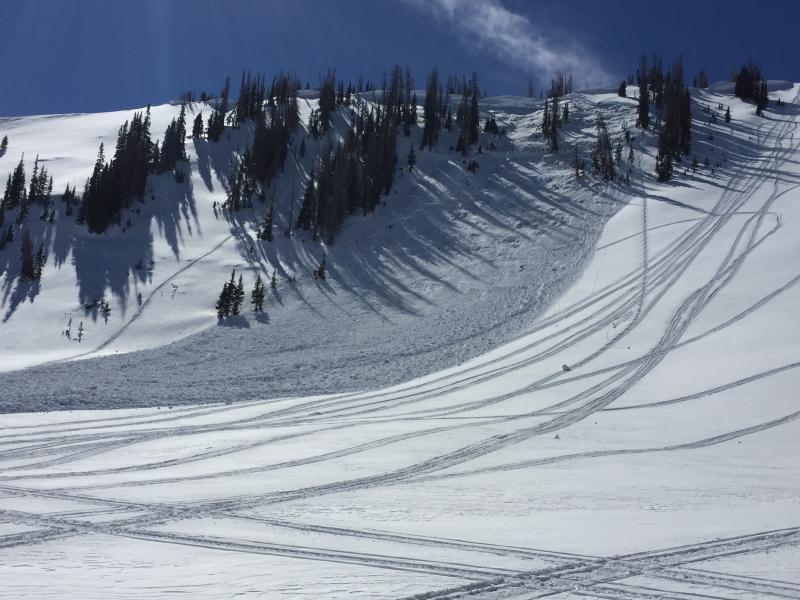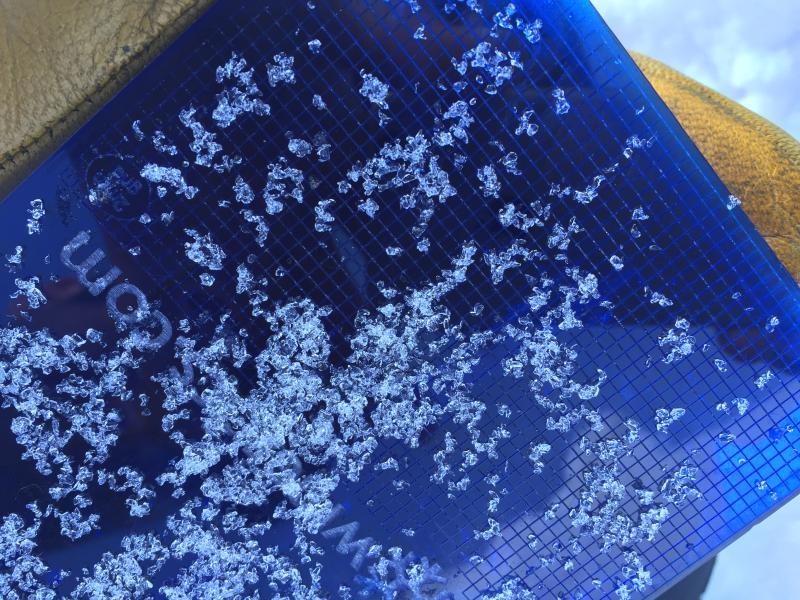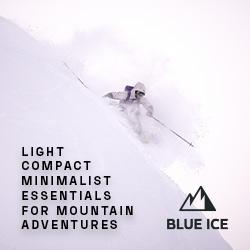Observer Name
Mark Staples, Trent Meisenheimer
Observation Date
Friday, February 19, 2016
Avalanche Date
Friday, February 19, 2016
Region
Skyline » Huntington Canyon » Left Fork Huntington Canyon » Jordan Canyon
Location Name or Route
Jordan Canyon above Miller Flat Creek
Elevation
10,500'
Aspect
Northeast
Slope Angle
39°
Trigger
Snowmobiler
Trigger: additional info
Unintentionally Triggered
Avalanche Type
Hard Slab
Weak Layer
Facets
Depth
2.5'
Width
200'
Vertical
500'
Caught
1

Comments
This snowmobile triggered slide occurred at approximately 1200 moments before we arrived. The crown depth ranged from 2 feet to 6 feet where it was wind loaded near the cornices. On the edges of the flank below the ridge a little bit, snowpack depth was 3.2 feet which is very shallow. This path likely ran in late December based on this shallow snowpack depth.
The rider had climbed through a clearing in the trees to the lookers left of the path. Near the ridge top he sidehilled to the west in order to descend an open area. There were a few rocks poking through the snow (evidence of a thin snowpack) and he slowed down a bit. Then he saw the slope fracture. He instantly deployed his air bag back pack then turned down hill and tried to escape the avalanche.
He feathered/pumped the throttle attempting to get off the slab but it kept fracturing in front of him. About 1/3-1/2 way down the slope, he began rising up what felt like 10 feet in the air. He was afraid that his sled would then nose dive, so he hit the throttle to keep the nose of his sled up and maintain control of the sled. As he move further down slope with the avalanche, he was engulfed in the powder cloud and couldn't see anything. He pinned the throttle again and shot out of the powder cloud and ahead of the avalanche debris.
He and his two partners all carried avalanche rescue gear (avalanche beacons, shovels, probes and air bag back packs). His partners were in a safe location when the avalanche occurred. They had attended a recent avalanche awareness talk given by the Utah Avalanche Center forecaster assigned to this zone. Additionally they had read the advisory for the day and remembered the danger being mostly LOW with a few areas that included slopes like this one as being MODERATE.
Air bag comments: It is remarkable that this rider was able to inflate his air bag AND maintain control of his sled to escape the avalanche. Many other riders have time to do one or the other. Additionally he was wearing the type of air bag that inflates around the head, neck and shoulders (presumably to prevent trauma to the head and neck). He reported that his focus was down hill in front of the sled, and the air bag did not in any way block his vision.
Photo below of the avalanche. Other riders had climbed the slope to the right of the avalanche. The up track of the rider who triggered this slide can be seen to the left of the avalanche.

Comments
Photo of the crown

Comments
Photo of the weak faceted (sugary) grains that the avalanche failed on.

Comments
Video produced by the Utah Avalanche Center. We want to give a big shout out to the gentlemen that triggered the avalanche for openly talking to us. This type of information helps to save lives in the mountains.
Video
Coordinates



